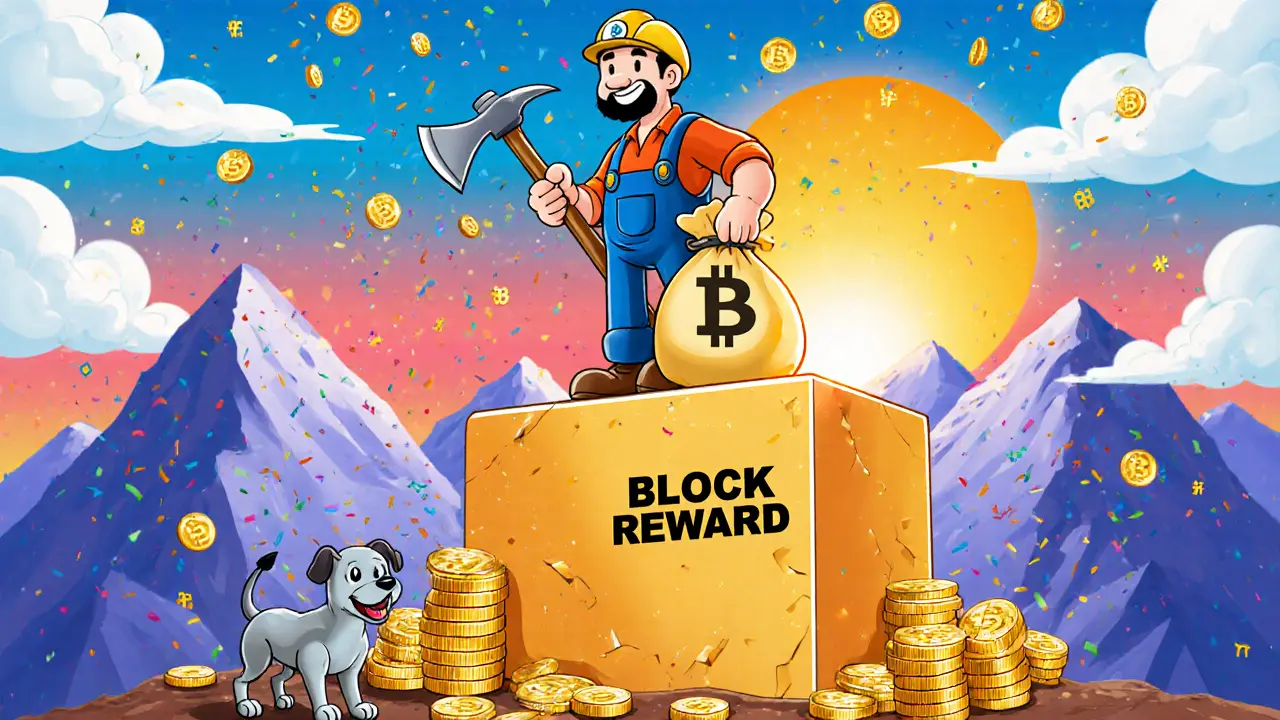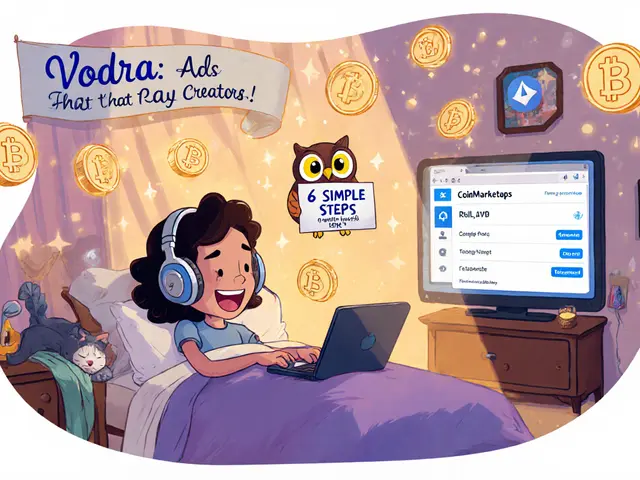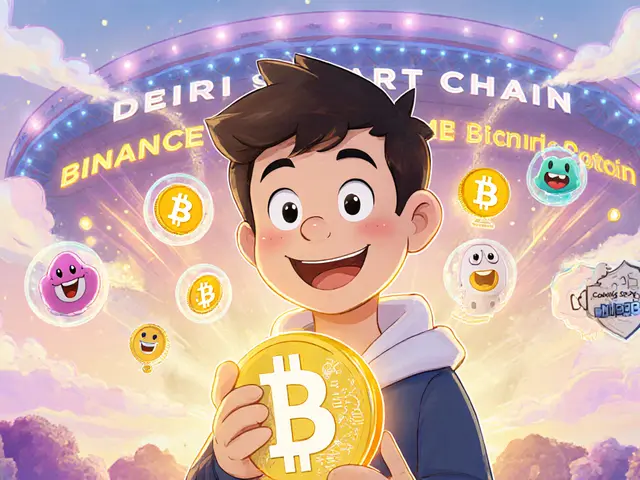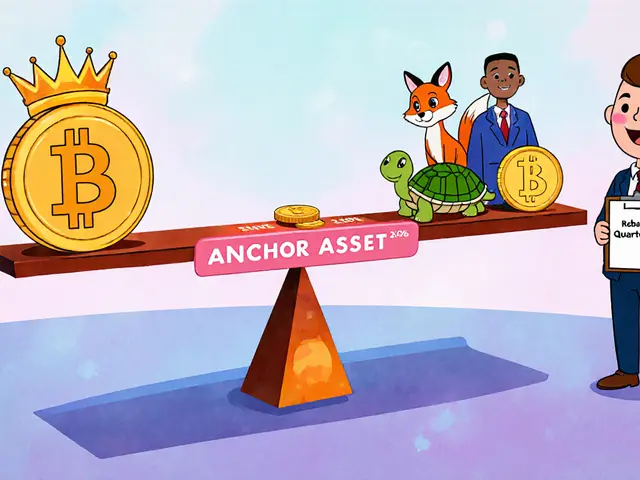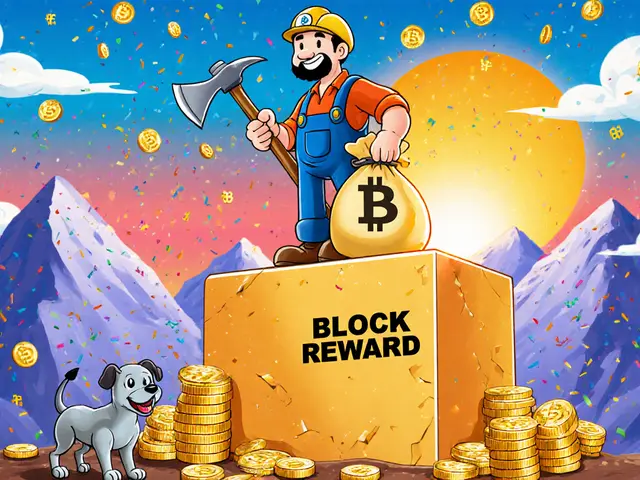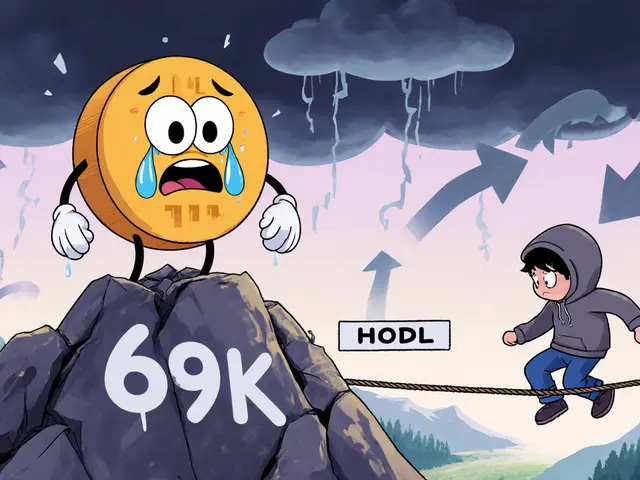Block rewards and transaction fees are the two ways crypto networks pay miners and validators. Bitcoin relies on halving subsidies and rising fees; Ethereum burns fees and pays staking rewards. Understanding both is key to knowing how crypto stays secure.
Block Reward: What It Is, How It Works, and Why It Matters in Crypto
When you hear about block reward, the incentive miners or validators receive for adding a new block to a blockchain. Also known as block subsidy, it’s the engine that keeps networks like Bitcoin alive—paying people to secure the system with real hardware and electricity. Without it, no one would bother verifying transactions, and the whole thing would collapse.
Originally, Bitcoin gave out 50 BTC every 10 minutes to whoever solved the math puzzle first. That reward cuts in half roughly every four years. Today, it’s 3.125 BTC per block. That’s still worth over $200,000 at current prices. This isn’t just a bonus—it’s the only way new Bitcoin enters circulation. It’s also why mining rigs run 24/7 in warehouses from Iceland to Texas. The cryptocurrency mining, the process of validating transactions and securing a blockchain network through computational power is expensive, but the block reward makes it profitable—for now.
Not all blockchains work the same way. Ethereum stopped using mining in 2022 and switched to proof-of-stake, a consensus method where validators are chosen based on how much crypto they lock up. Now, instead of miners competing to solve puzzles, validators are selected randomly to propose and confirm blocks. Their reward? A small slice of newly minted ETH and transaction fees. It’s quieter, greener, and less flashy—but still vital. The block reward in proof-of-stake systems is smaller, but it’s more predictable and doesn’t rely on massive energy use.
Some coins, like DogemonGo or EquityPay, don’t even have mining. Their rewards come from staking, airdrops, or community incentives. But if you’re looking at Bitcoin, Litecoin, or even newer chains like Bitcoin SV, the block reward is still the heartbeat. It’s what keeps the network running, what pays the bills for hardware makers, and what draws new participants into the ecosystem.
What’s next? As block rewards shrink, transaction fees become more important. That’s already happening on Bitcoin. Miners now rely more on fees than new coins. If fees don’t rise enough, mining could become unprofitable for small players. That’s why people worry about centralization—only big mining farms with cheap power can survive. The block reward isn’t just a number on a screen. It’s a balancing act between security, fairness, and sustainability.
Below, you’ll find real breakdowns of crypto projects that either depend on block rewards or have replaced them entirely. Some explain how mining works in practice. Others show what happens when a chain moves away from it. You’ll see which coins still pay out big, which ones are fading, and how the rules are changing under the hood.
